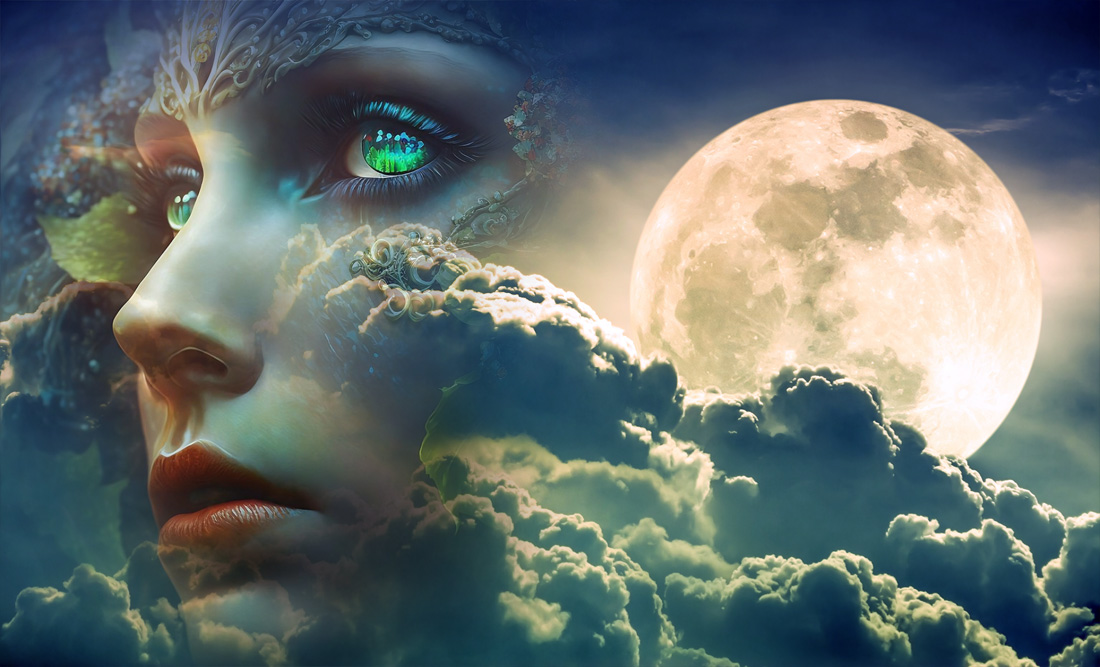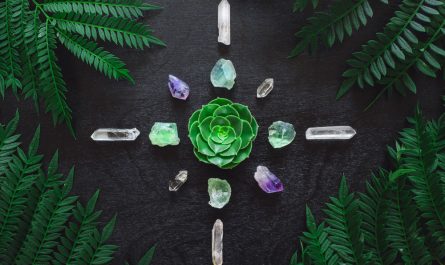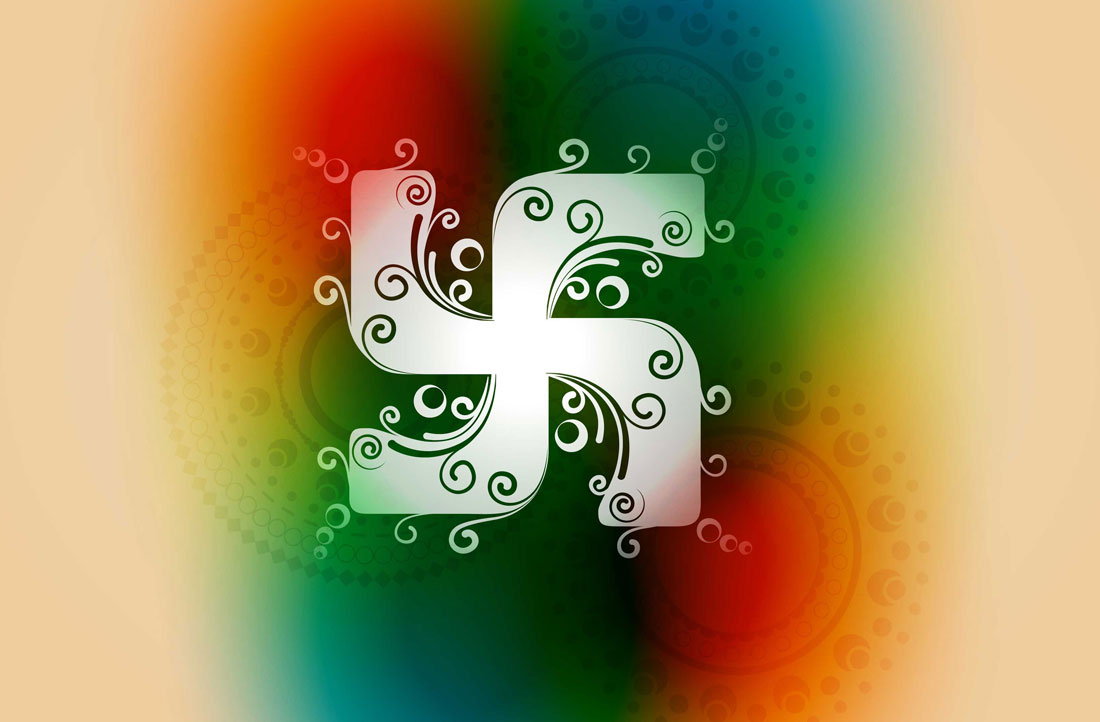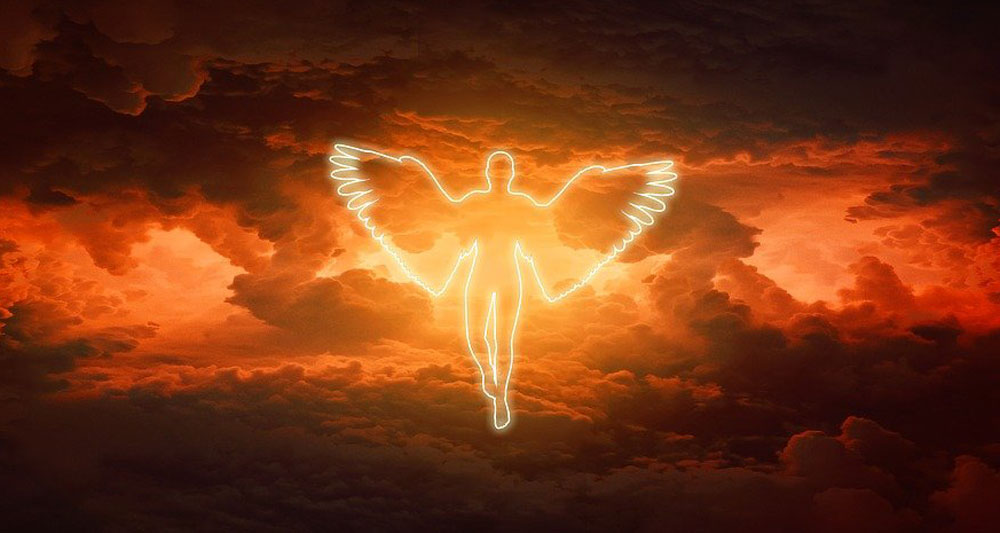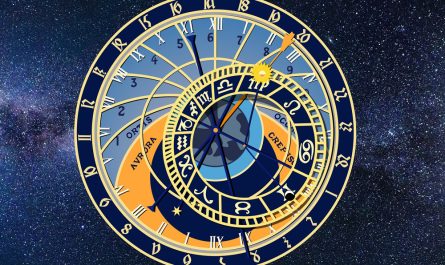Last Updated on July 7, 2023 by Avia
The moon has long been a symbol of power, mystery, and feminine energy. So, it comes as no surprise that many moon goddesses around the world underscore the power and influence of lunar energy. From ancient times until today, mythology and folklore have celebrated the mystery, beauty, and magic of moon goddesses, their myths, as well as moon goddess symbols.
Whether you’re looking to augment your own spiritual practices or simply learn more about these goddesses, I hope this article will inspire you on your lunar journey into the divine feminine. Of course, I didn’t cover all the moon goddesses, but you’ll definitely get a hefty dose of information surrounding feminine lunar deities, their stories in different cultures, and their goddess symbols. So without further delay, let’s rocket our way into the magical, mystical realm of moon goddesses!
Table of Contents
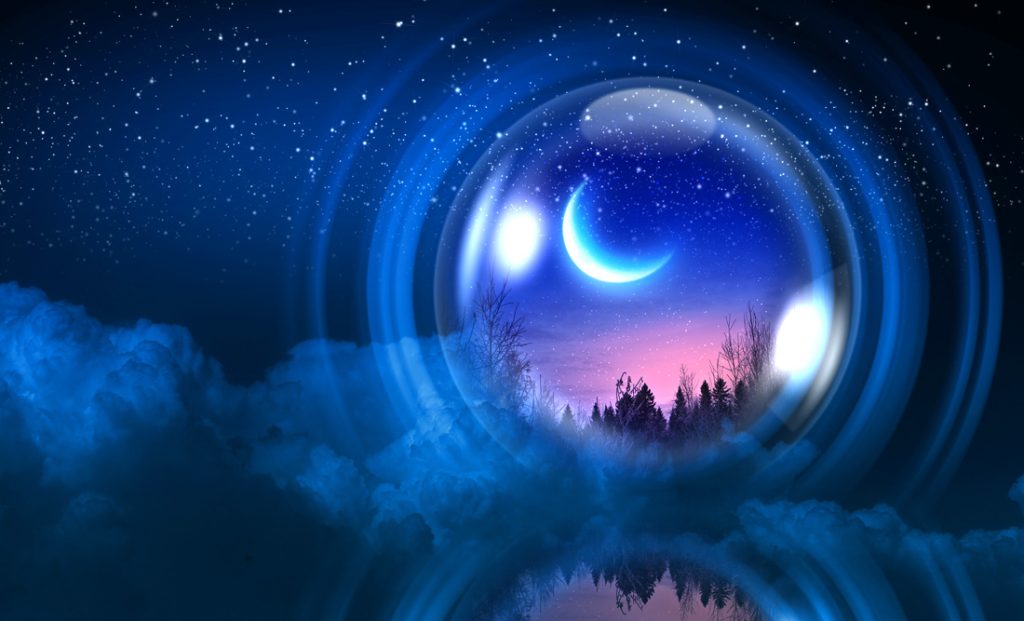
Moon Symbolism
Before we leap into moon goddesses and their meanings, let’s refresh ourselves on the symbolic meaning of the moon. For centuries, the moon has been a source of fascination and mystery. Its mysterious beauty and its power over the tides have captivated people around the world. Considering the moon has such a mega influence on life on this planet – it’s no wonder Lady Luna is also steeped in symbolism.
The moon has been a source of fascination for humans since the dawn of time. Its unique cyclical nature and ethereal beauty have inspired countless artists, poets, and musicians throughout history. The moon also holds a great deal of symbolic meaning in many different cultures around the world.
The moon is most commonly viewed as a symbol of femininity, intuition, and emotion. It is also a symbol of fertility and rebirth. Additionally, the moon frequently represents mysteries and the unknowable, as well as transitions in time and transitions from life to the afterlife. Moon phases are also symbolic of the cycle of life, death, and rebirth. The moon was also associated with magic, intuition, and psychic ability.
Sampling of Moon Symbolism in Different Cultures
In ancient Greece, the moon was considered feminine and was associated with the goddess Artemis (which I will talk more about later in this article), who was connected with the phases of the moon. Just the like the moon can sometimes appear wild and mysterious, so too was the reputation of this ancient Greek goddess.
In Native American cultures, the moon is often seen as a feminine force that governs the natural world. It is also associated with intuition, emotion, and psychic ability. The full moon is especially significant, as it is believed to be a time when the veil between our world and the spirit world is at its thinnest.
The Chinese view the moon as a symbol of yin energy – the passive, receptive, and nurturing aspect of reality. In Taoist philosophy, it is believed that everything in existence contains both yin and yang energy. The moon represents yin energy, while the sun represents yang energy. Together, they are seen as complementary forces that balance each other out.
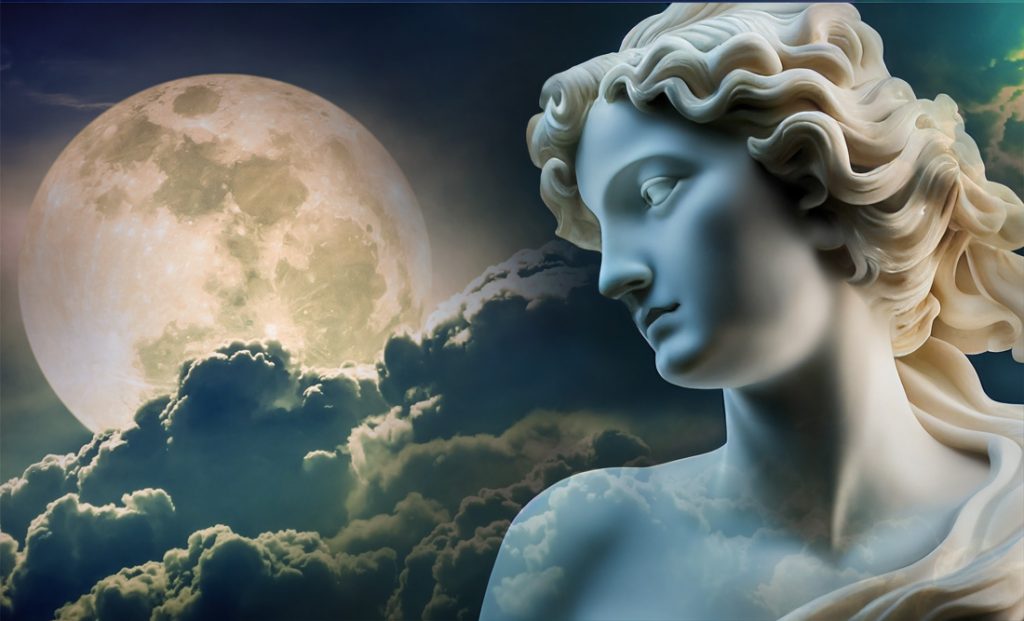
Goddesses of the Moon
As mentioned, the moon is often associated with femininity, mystery, and magic. There are many different moon goddesses in a variety of cultures around the world.
Each culture has its own interpretation of the moon goddess’s powers and myths. However, there are some common themes among them. Many believe that the moon goddess is a powerful force for good and can bestow blessings on those who honor her. She is also often seen as a protector of women, children, and animals.
Here are some common moon goddesses, their meanings, and their symbols
Selene Moon Goddess
Selene is the Greek goddess of the moon. She is the daughter of the Titans Hyperion and Theia, and the sister of Helios, the sun god, and Eos, the goddess of dawn. Selene is a beautiful goddess with long, shining hair. She drives a silver chariot across the sky each night, followed by her team of white horses.
Selene is associated with several different moon symbols, including the crescent moon, which represents her light and beauty; the full moon, which represents her power; and the waning moon, which represents her mystery. Selene is also sometimes depicted with a lunar horn or crown, symbolizing her dominion over all things lunar.
As goddess of the moon, Selene is associated with fertility, femininity, and intuition. She is also a protector of women and children. In some myths she is said to bring light to mothers during childbirth, and in others she watch over young girls as they transition into womanhood. Selene is also sometimes linked to Artemis, another lunar goddess with similar associations.
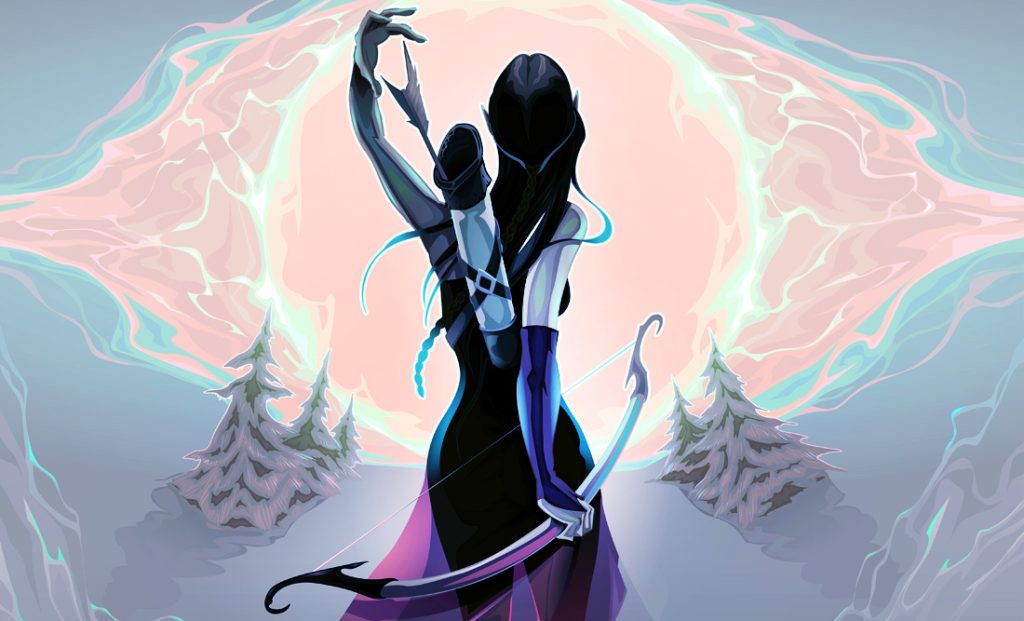
Artemis Moon Goddess
Artemis was the ancient Greek goddess of the moon, hunting, and wild animals. She was often depicted as a beautiful young woman with a hunting bow and quiver of arrows. Artemis was also associated with the Roman goddess Diana.
The name Artemis comes from the Greek word artemes, which means “safe” or “unharmed.” In mythology, Artemis is often portrayed as a protectress of young girls and a defender of women’s rights and autonomy. As a virgin goddess, she also represented chastity and purity.
Despite her associations with the hunt, Artemis was actually an advocate for animal rights. In one myth, she protects a wounded deer from being hunted down by humans. In another story, she turns a hunter named Actaeon into a stag after he spies on her while she is bathing.
Throughout history, Artemis has been revered as a powerful protector and guardian. Today, she remains an important figure in divine feminine spirituality and goddess worship.
Japanese Moon Goddess
The Japanese moon goddess is known as Tsukuyomi-no-Mikoto. She is the daughter of the sun goddess Amaterasu and the god Susa-no-Wo. Tsukuyomi-no-Mikoto is the sister of the storm god Susanoo.
Tsukuyomi-no-Mikoto is the goddess of the moon and the night. She is often portrayed as a beautiful woman with long black hair. In some stories, she is said to live in a palace on the moon.
The myths about Tsukuyomi-no-Mikoto are very old. In one story, she is tricked by her brother Susanoo into killing her husband, the god of agriculture. This causes great sorrow to Amaterasu, who then banishes Susanoo from heaven, which results in great storms and floods upon the earth.
Tsukuyomi-no-Mikoto is also known for her part in creating the world’s first humans. She did this by shaping clay figures into human form and breathing life into them.
The Japanese moon goddess has many symbols associated with her, including the crescent moon, black pearls, and snakes.
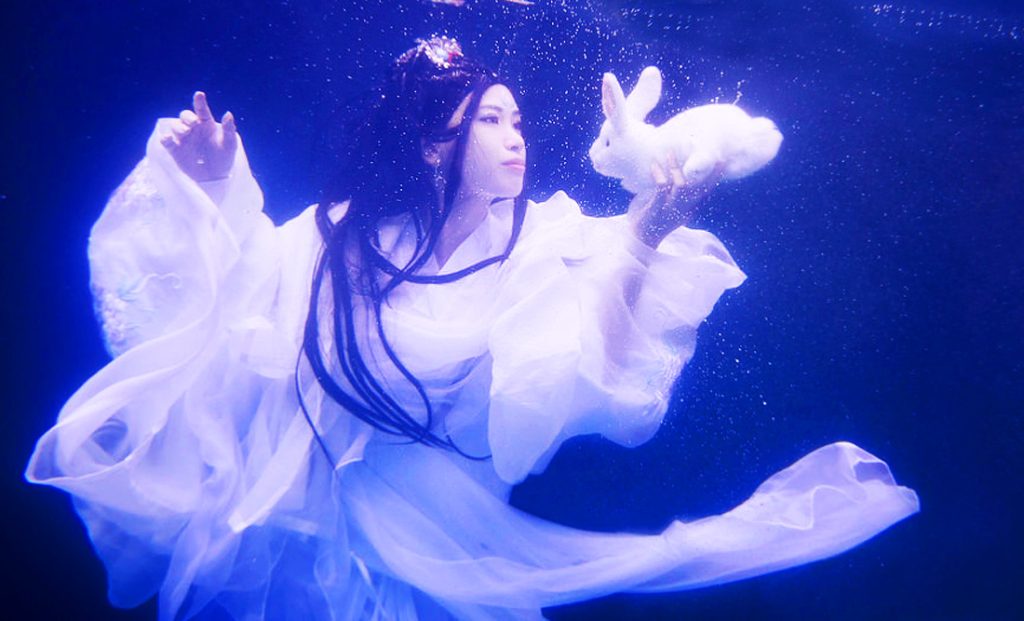
Chinese Moon Goddess
The Chinese moon goddess, Chang’e, is one of the most popular lunar deities in Asia. She is often portrayed as a beautiful woman living on the moon with her pet rabbit.
The legend of Chang’e began over 4000 years ago during the reign of Emperor Yao. The emperor had two sons, one of whom was a lazy and incompetent ruler. In order to teach him a lesson, Yao sent the other son, Hou Yi, to shoot down nine suns that were scorching the earth. After Hou Yi succeeded in his task, Yao tried to reward him with the elixir of life, but he refused it out of fear that he would become immortal and rule forever.
Yao then gave the elixir to Chang’e instead. However, Chang’e’s jealous husband, Feng Meng, found out about it and stole it from her. When she confronted him, Feng Meng accidentally swallowed the elixir and died. Realizing what she had done, Chang’e was so distraught that she committed suicide by jumping off a cliff.
However, she did not die but instead transformed into a goddess and flew up to the moon, where she has lived ever since. Every year on the night of the Mid-Autumn festival, people offer sacrifices to Chang’e in hopes that she will grant them good fortune.
Native American Moon Spirits and Deities
Native American moon spirits and deities are often associated with the night sky, as the moon is said to be their home. These spirits are said to bring good luck and protection, and they are often invoked in rituals and ceremonies.
For instance, the Pueblo people believe that Selu, the corn goddess, lives in the moon. She brings life-giving rain to nourish the earth and help crops grow.
There are many different moon spirits and deities in Native American mythology, each with their own unique stories and attributes. Some of the most popular Native moons include the Coyote moon, Great Spirit moon, Mother moon, and Sleeping Bear moon.
- The Hopi tribe has a story about a coyote who howls at the moon every night because he was tricked by the sun into thinking it was a rabbit. Coyote moon is a trickster spirit who is said to cause mischief and chaos. He is also said to be a protector of the weak and helpless.
- Great Spirit moon is a powerful deity who is said to rule over the night sky. He is often invoked in rituals for healing and protection.
- Mother moon is a nurturing spirit who is said to give life and energy to all beings. She is often invoked in rituals for fertility and childbirth.
- Sleeping Bear moon is a peaceful spirit who is said to bring rest and relaxation. He is often invoked in rituals for dreamwork and meditation.
African Moon Goddess
The moon is a powerful symbol in many cultures, and the African moon goddess is no exception. She is a representation of feminine power and fertility, and her myths and symbols are steeped in history and tradition.
The African moon goddess is often depicted as a beautiful woman with long, flowing hair. She is often shown pregnant or nursing a child, which represents her role as a mother, protector, and provider. In some cultures, she is also associated with the sun, another powerful symbol of life and creation.
The African moon goddess has many different names depending on the region, but some of the most popular include Mawu-Lisa (West Africa) and Isis (Egypt).
Mawu-Lisa is sometimes known as the “mother of all things” and is associated with fertility, motherhood, and nature. Isis was one of the most famous Egyptian goddesses and was worshiped for her role in creation and protection.
No matter what name she goes by, the African moon goddess is a powerful symbol of feminine energy and creative force.
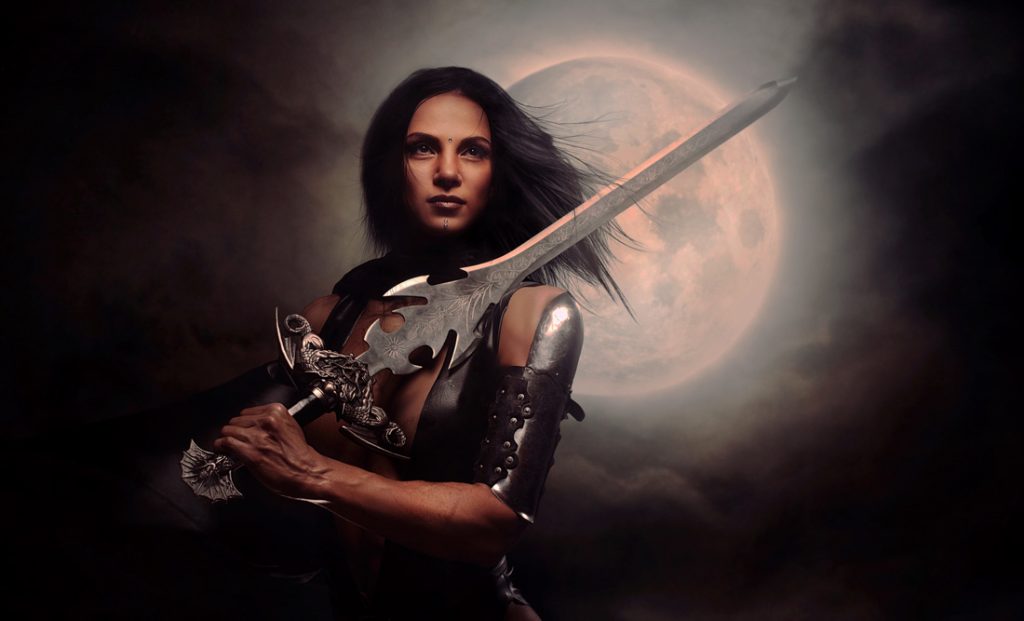
Celtic Moon Goddess Arianrhod
The Celtic goddess Arianrhod (also spelled Aranrhod or Arianrod) is an elegant and ancient representative of rebirth, fertility, and yup – you guessed it – the moon. Her association with the moon also places her as a Celtic poster goddess for time because the moon’s phases represent the transitioning nature of time (new moon, waxing, waning, full).
In addition to the moon, Arianrhod’s symbols include the Corona Borealis and a loom or spinning wheel (which is also a nod to Arianrhod’s connection with the tapestry of time). The owl and the silver birch are also sacred goddess symbols for Arianrhod.
Arianrhod also has a silver wheel as a symbol, as her name means “silver wheel,” which is also a reference to time, as well as the moon’s silvery hue. This silver wheel reference might also be a wink to reincarnation or transitioning from life to the afterlife. To explain, some Welsh legends place Arianrhod as the goddess of the gateway to heavenly lands.
The souls of the dead were said to greet Arianrhod, and she was responsible for guiding these souls into the next phase of life (or, perhaps more accurately, the afterlife). There is another version of Arianrhod’s role that says she was responsible for deciding the fates of deceased souls – and determined whether various souls were worthy of a better station of life in reincarnation or if they were doomed to less favorable outcomes in the afterlife.
Whichever legend you subscribe to, the theme of transitioning in life (and the afterlife) is definitely a moon-centric concept. In any instance, Arianrhod is a powerful moon goddess and a bold figurehead for the transition of time. She is also a guardian-ess of souls migrating from one phase of existence to another.
Is Rhiannon a Celtic Moon Goddess?
Although she is not as commonly worshipped as a moon goddess, the Celtic deity Rhiannon is definitely associated with the moon. She is the goddess of renewal, rebirth, and fertility – much like Arianrhod. Rhiannon is also considered the great mother of all the fairies – which is fitting, as her name means “Queen” or “Queen of the Heavens.” She is most known for riding a white horse. It is said that Rhiannon rides her noble white mare into our minds as we sleep, and she delivers dreams to us under the light of the moon.
Rhiannon is the goddess to call upon when in need of leadership and when we need help clearing out blockages in our lives. Rhiannon’s super-power is shining light upon problems, so, therefore, she is a great ally for anyone who needs clarification in life or needs to maneuver themselves out of cryptic problems. Her ability to shine light upon challenges and dark secrets is a direct connection to her reputation as a Celtic moon goddess.
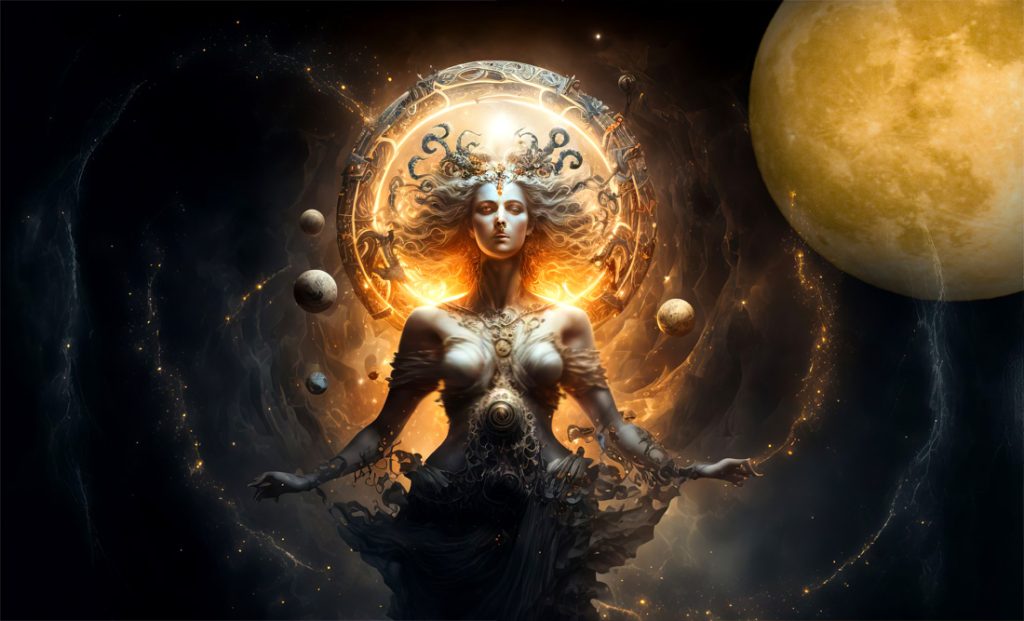
Other Popular Moon Goddesses
If I were to write about every moon goddess, it would result in an exhaustive, titanic blog post. When it comes to these lovely lunar ladies, we could go on, and on! So, I’ve lined up a few noteworthy mentions that I didn’t cover in the earlier main section. Here are additional moon goddesses worthy of our attention:
Isis, who is Egyptian. Isis was the goddess of motherhood, fertility, and magic. Her symbols include the lotus flower and the moon.
Diana – she is the Roman counterpart of Artemis in Greece. Diana was originally the goddess of hunting and nature. It wasn’t until later that Diana became associated as a moon goddess. Her symbols include deer, trees, and the moon.
Hecate (or Hekate) is a Greek goddess known to be associated with darkness, secrets, mystery, and magic. She is often portrayed in triplicate (see the next section about Triple Moon Goddess). Her symbols include a torch, cats, snakes, and a knife (known as an athame) – and of course, the moon.
Luna is a Roman moon goddess who represents femininity, creativity, instinct and protection. Her element is water, and therefore she is strongly associated with emotion. Like Hecate, she is often portrayed in triplicate (again, please see the Triple Moon Goddess section below for more info).
What About the Triple Moon Goddess?
The triple moon goddess is a powerful symbol of the divine feminine. She is the embodiment of the three phases of the moon – waxing, full, and waning – and represents the three aspects of the female experience: maiden, mother, and crone.
The triple moon goddess is a popular figure in paganism and witchcraft, and her symbols can be found in many different cultures around the world. She is often associated with fertility, sexuality, and creative energy. As the goddess of the moon, she is also said to govern the tides of emotion and intuition.
There are many different ways to interpret the triple moon goddess symbol. For some, she represents the three stages of womanhood: Maiden, Mother, Crone. Others see her as a representation of the three phases of the moon: waxing crescent, full moon, and waning gibbous. Regardless of how you interpret her symbolism, there is no denying that the triple moon goddess is a powerful force to be reckoned with.
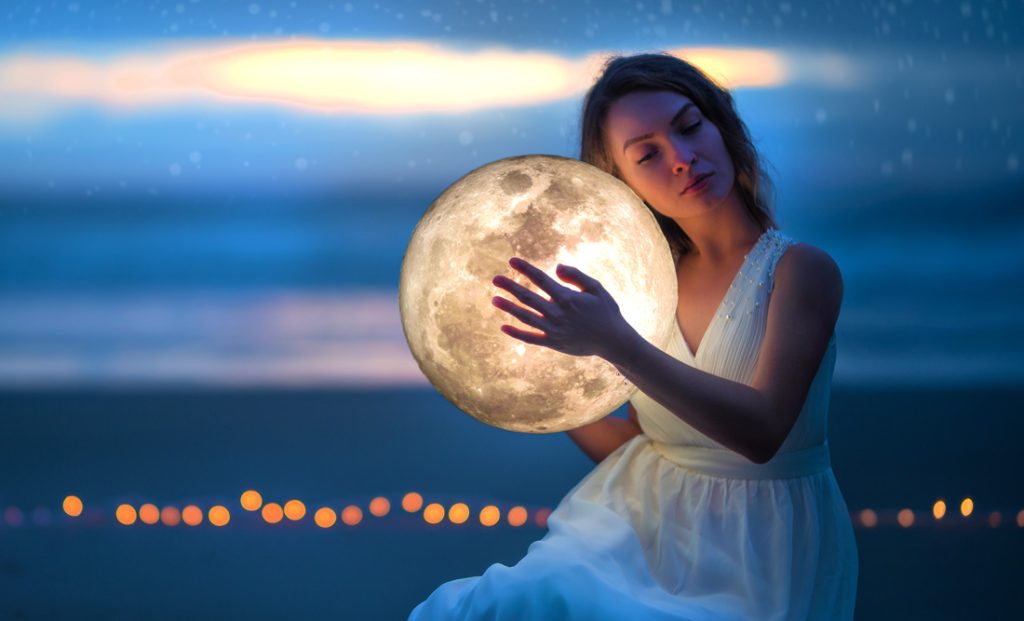
Ways to Honor and Celebrate Moon Goddesses
There are many ways to honor and celebrate moon goddesses. Here are some ideas:
1. Learn about the different moon goddesses and their stories. There are many different moon goddesses, each with her own unique story. Take some time to learn about them and their myths.
2. Display symbols of the moon goddesses in your home or office. Whether it’s a painting, sculpture, or just a simple symbol like a crescent moon necklace, having visible reminders of the moon goddesses can help keep them in your thoughts throughout the day.
3. Give offerings to the moon goddesses. This can be as simple as leaving out a dish of milk or water for them or lighting a candle in their honor. If you’re feeling more creative, you could make your own moon-themed offering, such as a small cake shaped like a crescent moon.
4. Spend time outdoors under the light of the moon. The moon is said to have powerful energy, so spending time basking in its light can be beneficial for both your body and soul. If possible, try to do this during a full moon for maximum effect. While you’re at it, you can charge or cleanse your crystals during the full moon and imbue the with lunar goddess energy.
5. Connect with other like-minded people who also honor the moon goddesses. There is strength in numbers, so joining forces with others who share your beliefs can help create a stronger connection to the divine feminine energy of the Universe.
6. Make moon water. This is a great ritual to connect with moon goddesses, as well as use in other routines such as cleansing or recharging objects.
Acknowledging Moon Goddesses During Different Moon Phases
When it comes to moon goddesses, there are different moon phases that you can acknowledge them during.
- The new moon is a time when the moon goddess is said to be reborn. This is a time of new beginnings and fresh starts.
- The waxing crescent moon is when the goddess is known to grow in power. Therefore, this is a time of growth and abundance.
- The full moon is when the goddess is at her most powerful. This is a time of positive energy and manifestation.
- The waning gibbous moon is when the goddess is losing her power. This is a time of release and detoxification.
- Lastly, the dark moon is when the goddess rests. This is a time of introspection and reflection.
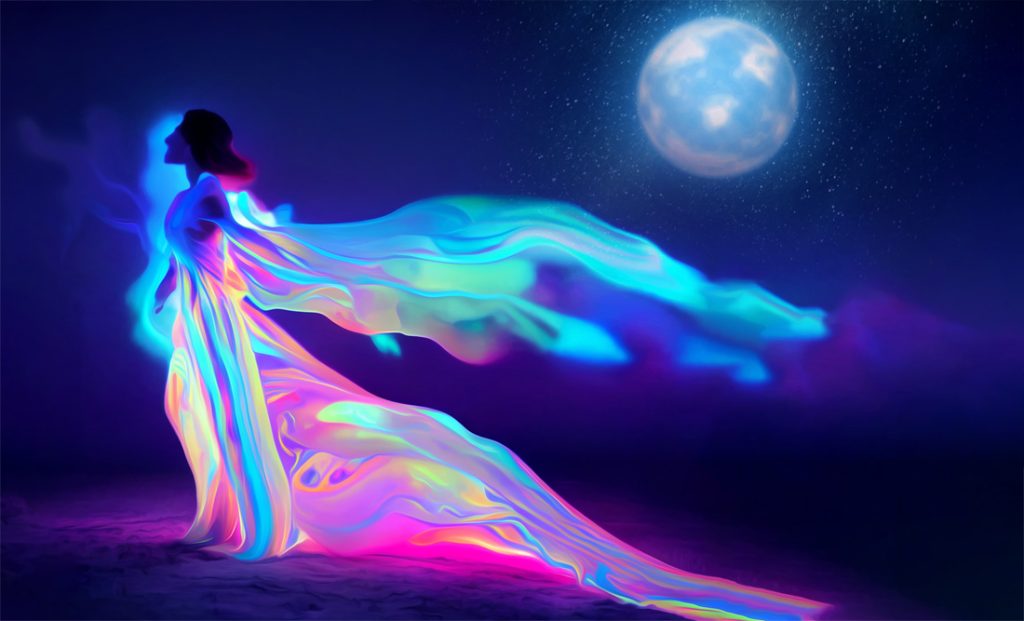
Frequently Asked Questions About Moon Goddesses
Moon goddesses are deities who represent the moon in various cultures. They are often associated with feminine power, mystery, and magic.
The meaning of moon goddesses can vary depending on their cultural context. In some cases, they may represent the natural cycles of the moon and tides. In other cases, they may be seen as bringers of fertility or guardian spirits of women and children.
Famous moon goddesses include Selene from Greek mythology, Chang’e from Chinese mythology, and Tsukuyomi from Japanese mythology. Each culture has its own unique stories and myths about these lunar deities.
Conclusion About Goddesses of the Moon
Well, as I said earlier – these aren’t all the moon goddesses around the world, but I think I did a pretty fair job of covering the heavy-hitters. I sincerely hope these insights into these goddesses and their moon myths gave you inspiration and answered some questions about these dynamic, fascinating female deities. I further hope this article lights a spark within you to acknowledge and honor the history, myths, and majesty of these glorious lunar goddesses. As always, thanks for reading!
Mighty brightly,

© Copyrighted. All Rights Reserved.

